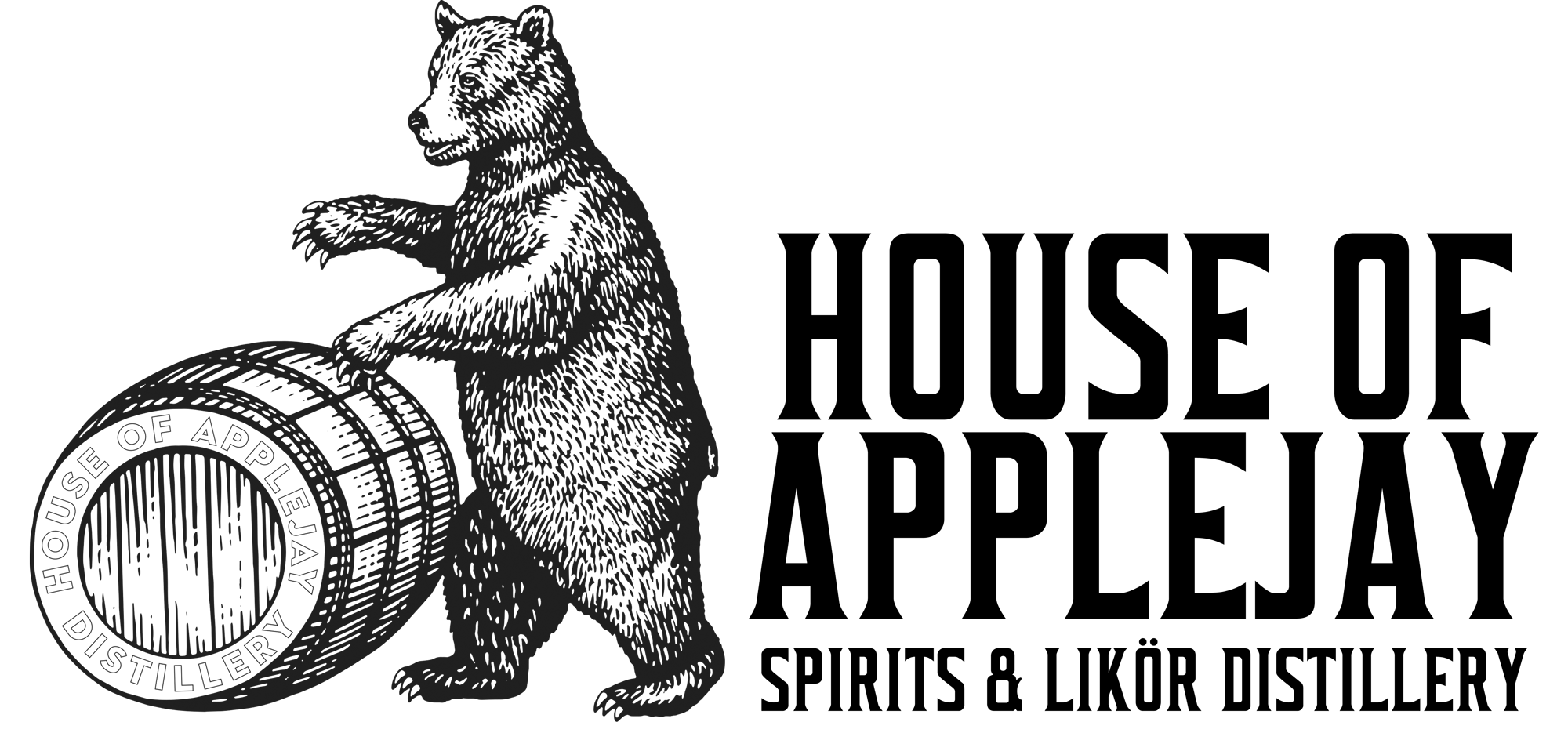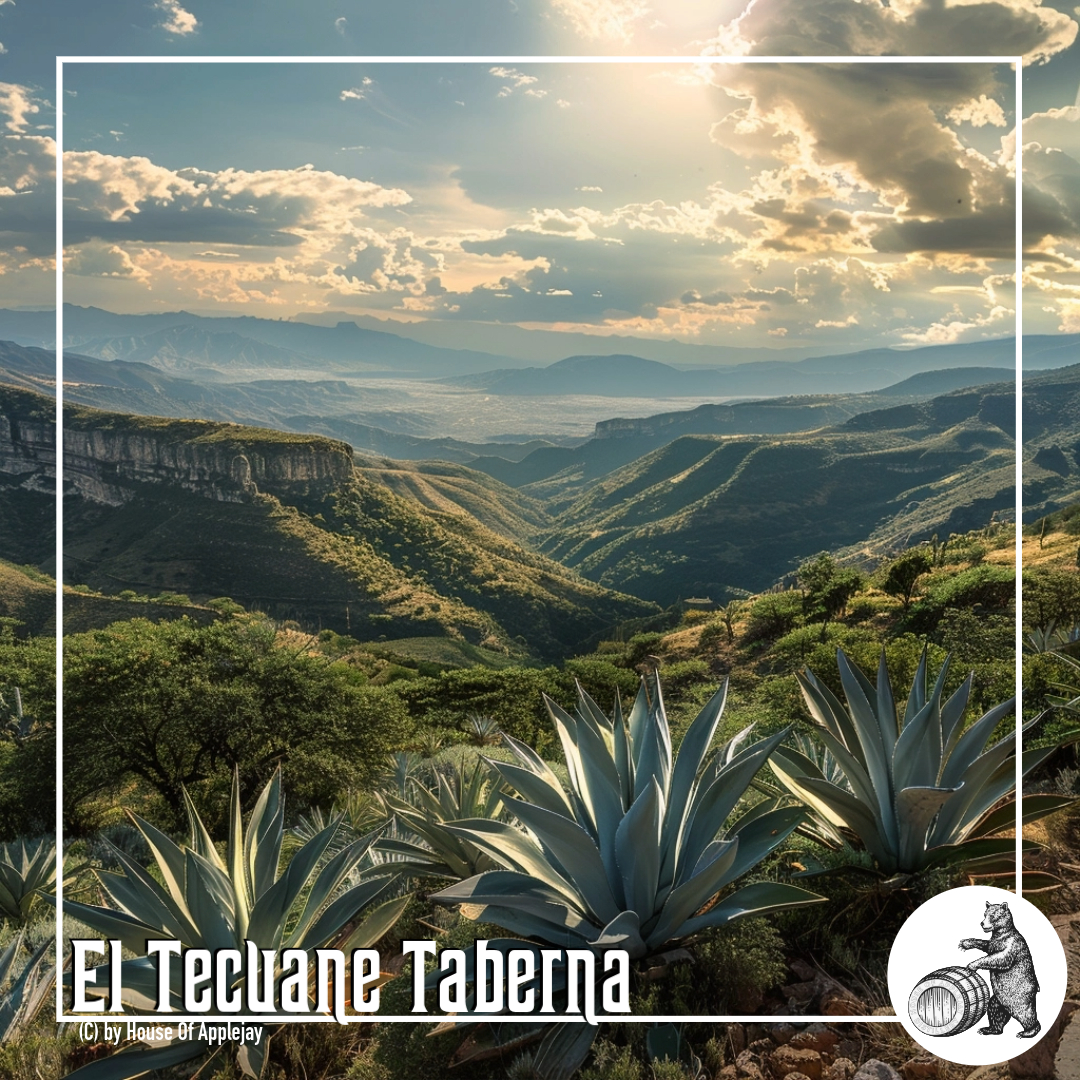El Tecuane Taberna
The Ingenious Matitán Indians: Masters of Alcoholic Beverages
In the picturesque region of Amatitán, Jalisco, Mexico, where the agave fields stretch as far as the eye can see, lies the historic site of El Tecuane Taberna. Believed to be a part of Amatitán in its early days, El Tecuane Taberna stands as a testament to the ingenuity and craftsmanship of the indigenous people of Matitán. These ancient people were no amateurs when it came to alcoholic beverages, as evidenced by their early distillation techniques and mastery of the art of fermentation.
The ancient El Tecuane Taberna, dating back to the early 1700s, is now enclosed and secured. Adjacent to it, the contemporary Santa Rita distillery overlooks the historic site. Don Rosario Villagrana, the steward of the premises and a local historian, can be found at the Santa Rita distillery, one of the ancient mezcal-tequila wine taverns recognized by UNESCO.
While the Spanish are often credited with introducing distillation to the New World, evidence suggests that the indigenous people of Matitán practiced distillation long before the Europeans arrived. According to local historian Don Rosario Villagrana, the Matitán Indians used primitive stills where the steam condensed inside cloths hanging above a pot of boiling alcohol. This technique, which produced a potent “vino mezcal,” is believed to have been the precursor to modern tequila production. (See also the pre-Columbian Huichol Still)
Early Distilling at El Tecuane Taberna
According to Don Rosario, the distillation process began with filling the pots in two ways. First, the sugary, crudely mashed fibers from the crushing circle were placed in natural rock containers, where a person would jump in to further separate and squeeze the fibers by hand and foot. Secondly, juice from above would flow into the pots “assisted by gravity,” as the crushing took place on an impermeable stratum. Water and other undisclosed ingredients were added to initiate fermentation, with the area likely roofed to keep rain out of the pots. Further downhill, the distilling area was located alongside a small aqueduct that brought spring water to cool the alambiques or stills.
Don Rosario estimates that the contents of one of the fortyfour fermentation pots, holding each 3,000 liters, would yield between 80 to 100 liters of “destilado de agave,” known as tequila today but a term disputed by the townspeople of Amatitán. They argue that the distillation of Blue Agave originated with them, possibly at El Tecuane Canyon.
The Legacy
The legacy of the Matitán Indians lives on in the ruins of El Tecuane Taberna, showcasing their innovative methods in early tequila production. The taberna’s use of gravity and primitive ovens for roasting agave hearts reflects their ingenuity, laying the foundation for modern tequila making. Among the remnants are large fermentation pots carved into the living rock, emphasizing the scale of their impressive operations. While the taberna is no longer operational, visitors can explore its ruins, gaining a deeper appreciation for the Matitán Indians’ contributions to distillation and fermentation. Their mastery in these areas shaped the industry and continues to influence spirits production today.

